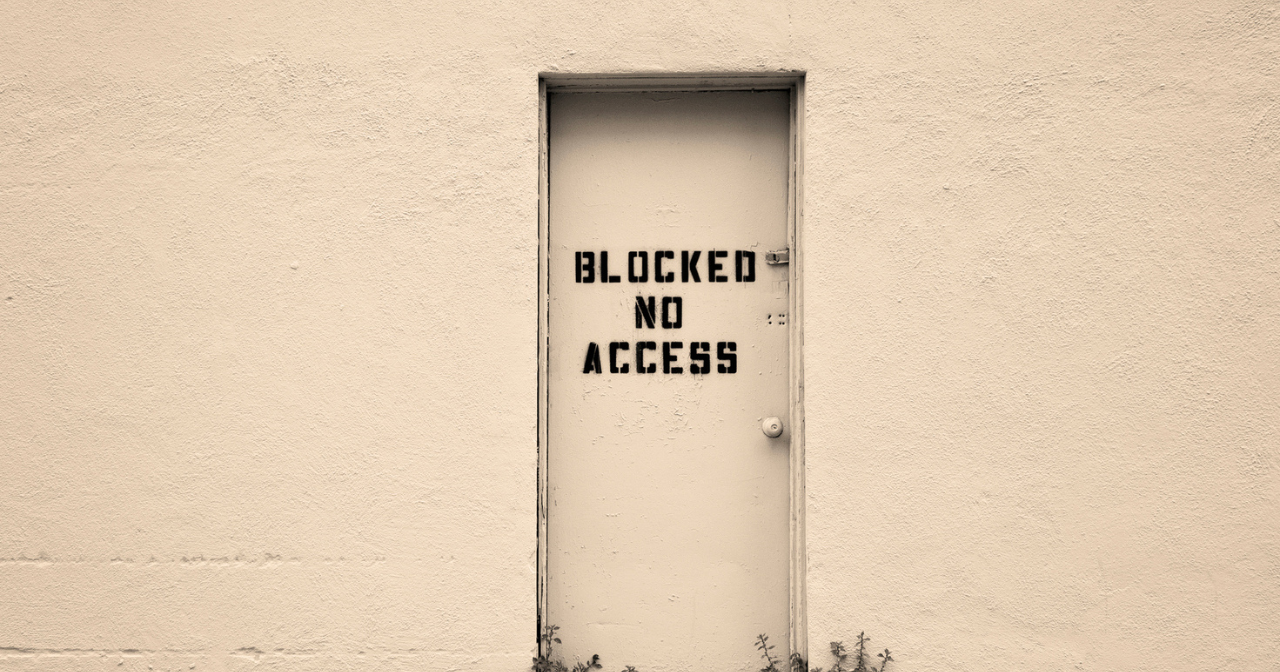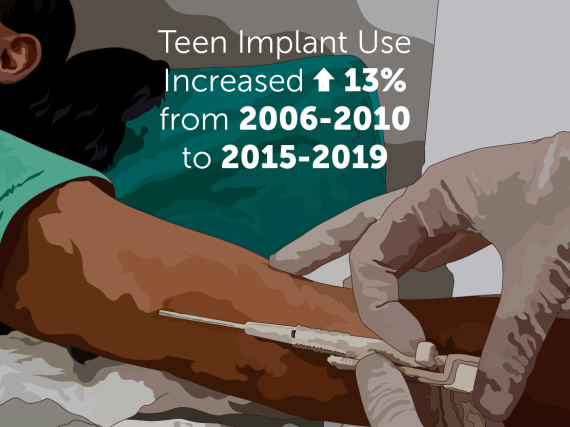New Data on Abortion Access
Keeping up with all the policy changes that impact access to abortion in the United States is an overwhelming and dizzying task these days. At Power to Decide, we know that firsthand; our team of database managers contact abortion providers on a regular basis to verify that we are providing abortion seekers with up-to-date information on abortion services on AbortionFinder.org. Since the Dobbs v Jackson’s Women’s Health Organization Supreme Court decision on June 24, 2022, we have been tracking the availability of abortion providers across the country (check out our Abortion Access maps).
Earlier this month, the Society of Family Planning released its second report of #WeCount – a national abortion reporting effort to understand the impact of the Dobbs decision. This report covers the period of April 2022 (two months prior to the decision) to December 2022 (six months after the decision) and tracks shifts in abortion procedures nationally and by state and restrictiveness level. The report confirms what we feared – compared to a pre-Dobbs environment, in the six months following the decision, the number of people estimated to have had an abortion decreased dramatically nationally with approximately 32,000 fewer abortions. The researchers grouped providers by state and categorized states as either restrictive (those with abortion bans) or states with abortion permitted. While states where abortion is permitted witnessed a slight rise in the number of abortions provided (11,000), this was not enough to compensate for the tens of thousands of fewer people having abortions in states where abortion is banned (43,000).
In the six months following the Dobbs decision, states with abortion bans reported a dramatic decrease in the number of abortions provided (fewer than 10 total). Bans don’t only limit access to abortion when they’re in effect. Shifting access due to court challenges has caused confusion around the legality and accessibility of abortion. For example, in Indiana where there was an abortion ban in effect for one week in September, the number of abortions across the state dropped from 940 in April (before Dobbs) to 550 in December 2022. And in Arizona where restrictions were challenged and are not in effect, the number of abortions was 1,410 in April but had dropped to 870 by December.
These numbers are stark. But they don’t tell the whole story. States that banned abortion in the wake of Dobbs were often already heavily restricted – such as in Texas where abortion was banned at around 6 weeks – or had a limited number of providers – such as Mississippi, whose lone provider was the plaintiff in Dobbs. Even before Dobbs, abortion seekers often needed to travel out of state for care. Furthermore, we know that even when abortion seekers are able to obtain care, they have often faced increased financial, logistical, and emotional hurdles navigating the restricted landscape, as new data on the characteristics of abortion patients in protected and restricted states from the Guttmacher Institute confirms.
#WeCount found that abortions provided by virtual-only clinics are increasing and becoming an even more important avenue for accessing care. Since April 2022, abortions provided by virtual-only clinics increased by 137%. While in April 2022 telehealth-provided abortions accounted for only 4% of abortions, that proportion rose to 11% by December 2022. However, we are seeing anti-abortion activists and policymakers continue to try to further restrict access to abortion by threatening the availability of medication abortion, especially when offered via telehealth. Currently making its way through the judicial system is a lawsuit questioning the FDA approval for mifepristone, one of two FDA-approved medications most commonly used in medication abortion in the US. Mifepristone is a safe and effective drug – including when provided via telehealth – that has been used by more than five million people since its approval more than 20 years ago.
Read the full #WeCount report and make sure to check out AbortionFinder.org if you or anyone you know needs guidance finding a verified abortion provider, medically accurate information on abortion care, or resources to get support and assistance – wherever they live.

